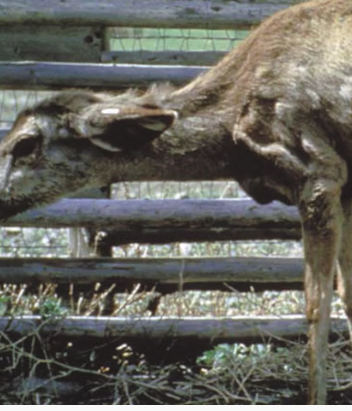After weathering several tough budget cycles, the state is on track to end the current fiscal year next month with much better news to report.
Two weeks ago, the Office of State Budget Director said that April’s General Fund receipts – which drive the budget – brought in a little more than $1 billion, a high-water mark that had never happened in a single month before.
While some of that may be due to timing issues, that figure is still almost a fourth larger than it was in April 2014. More importantly, it gives a welcome boost to the overall revenues for the fiscal year’s first 10 months, which grew by 6.2 percent when the budget only called for 3.6 percent.
Barring a complete let-down this month and next, the state should see a surplus, which estimates show could be at least $46 million, if not much more. The state budget director said that would be “a remarkable turnaround, given that we ended last fiscal year with a $90 million revenue shortfall.”
As large as these numbers are, it is important to put them in context. Overall, state government spends about $33 billion a year, if you count every state and federal dollar and restricted funds like college tuition.
About $10 billion of that is the General Fund, the focus of the General Assembly’s work. A $46 million surplus is not even one-half of one percent of that total, but it does provide a cushion in case of an emergency and it can help keep the state’s borrowing costs low.
In looking at state revenues more closely, the individual income tax is up more than 11 percent so far this fiscal year and the state sales tax is up 4.4 percent, strong indicators that people are earning more and spending it.
On the down side, revenue from the coal severance tax is down sharply, off 7.2 percent from what it was last fiscal year. It’s worth noting that another signature industry – tobacco – is down as well. A University of Kentucky specialist told the House’s Tobacco Task Force last week that spring plantings in the burley belt, which Kentucky dominates, could be a fourth smaller than they were in 2014.
In terms of the big picture, the good news financially is that we’re much better off than some other states. Illinois, for example, is facing a $6 billion shortage, and Alaska has one measuring $3 billion. Alabama’s governor said he may have to close 15 of their 22 state parks.
Another area where Kentucky is beating most states is exports. Gov. Steve Beshear recently said they were up 11 percent during the first three months of this calendar year, while they were down five percent nationally. Only two states saw better year-over-year growth for that time period, and among our surrounding states, only Missouri was in the top 10.
Kentucky’s export market has been breaking records for several years and is now 42 percent larger than it was in 2010. The auto, aerospace and chemical industries are the main drivers, but cattle sales to other countries during this year’s first quarter were phenomenal, up an amazing 3,400 percent over the same three months in 2014.
In other good news, our unemployment rate in April was five percent – the ninth month we’ve been below the national average – and we were recognized by Site Selection magazine earlier this year for having more major job announcements in 2014 than every other state on average. In terms of raw numbers, we still ranked sixth, well ahead of many larger states.
Last week, we had another major announcement, with General Motors saying it would invest $439 million at its Corvette plant in Bowling Green, increasing the plant’s size by nearly 50 percent.
These gains are further proof we’re heading in the right direction, so the goal now is to see how we can build on them while making sure the entire state benefits. That’s always a challenge, but compared to what some other states are dealing with, it’s a good one to have.
I hope to hear from you soon.
Rep. Mike Denham, a Democrat from Maysville, has represented House District 70 (Bracken, Fleming and Mason counties) since 2001.





















